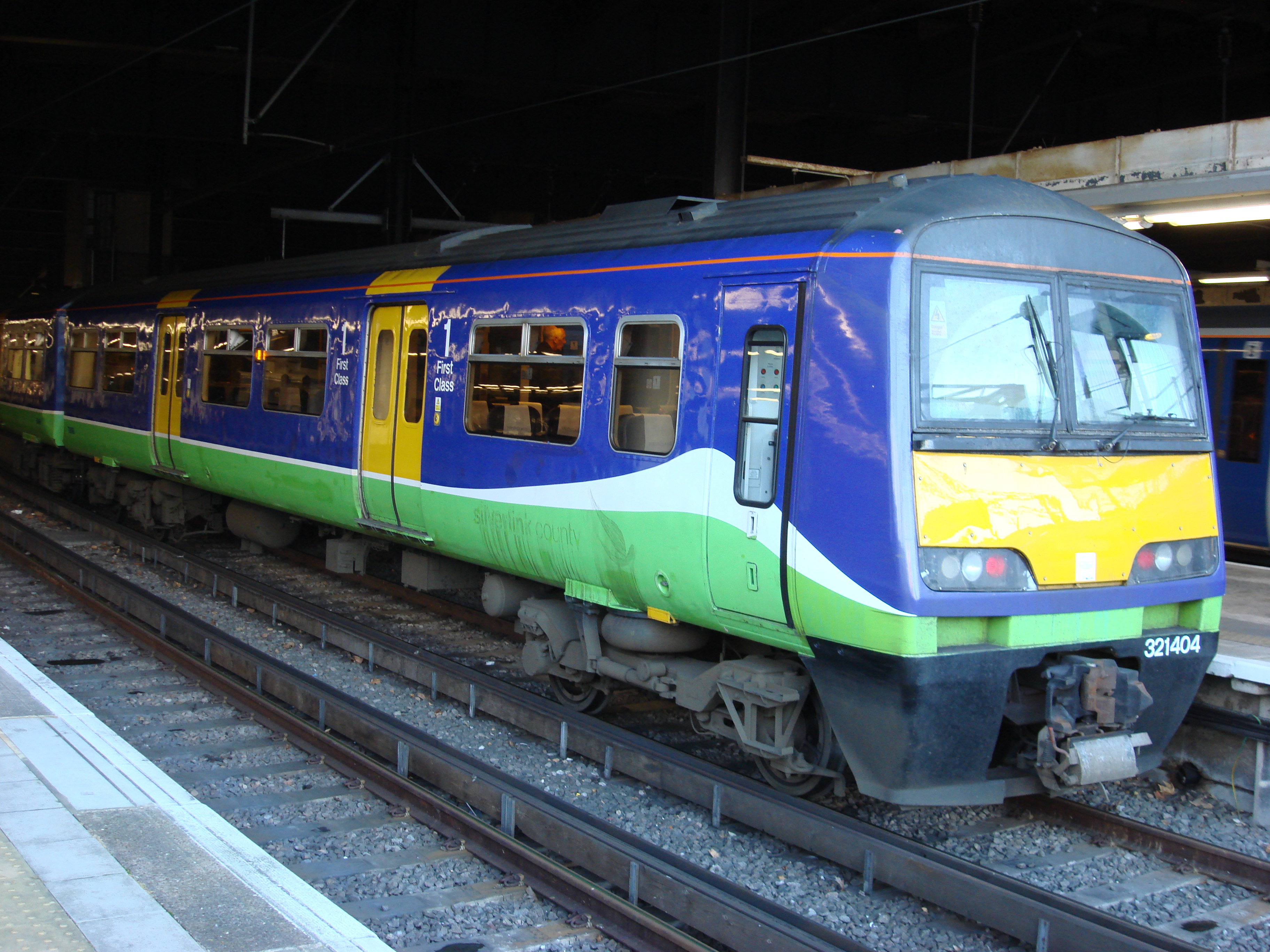- British Rail Class 321
Infobox EMU
name = British Rail Class 321
imagesize = 300px
caption = Class 321 unit no. 321404 atEuston railway station .
background = #012545
Manufacturer =BREL
Operator =London Midland National Express East Anglia Northern Rail
Formation = 4 cars per trainset
Built = 117 trainsets
InService = 1986-Current
Weight = Total - 137.9 tonnes
CarLength = convert|19.95|m|ft|abbr=oncite book | last = Fox | first = Peter | coauthors = Hall, Peter & Pritchard, Robert | title = British Railways Locomotives & Coaching Stock 2007 | publisher =Platform 5 , Sheffield | year = 2007 | isbn = 978 1902 336558]
CarWidth = convert|2.82|m|ft|abbr=on
CarHeight = convert|3.78|m|ft|abbr=on
Capacity =
MaxSpeed = 100mph (161km/h )
Power = 1,328hp (996kW )
Gauge =Standard gauge : 1,435 mm (4 ft 8½ in)
Voltage = 25 kV 50 Hz overhead TheBritish Rail Class 321alternating current (AC)electric multiple unit s (EMU) were built byBREL York in three batches from 1986-1989. The design was very successful and led to the development of the similar Class 320 and Class 322 units for use by Strathclyde PTE andStansted Express (now used byFirst ScotRail ) respectively. The bodyshell design was also used for construction of the Class 456direct current (DC) units. The Class 321s were nicknamed 'Dusty Bins', due to the class number sharing the same name as the game show3-2-1 . (This name has also been given to thediesel multiple unit (DMU) Class 153 no. 153321 for the same reason).Description
Three sub-classes of unit were built. The first two were built for the
Network SouthEast sector, whilst the final batch was built for services aroundLeeds .Class 321/3
The first batch of 66 units, built from 1986 to 1988, were classified under
TOPS as Class 321/3. Units were numbered in the range 321301-366, and had a maximum speed of 100mph . Each unit consisted of four carriages; two outer driving trailers, one of which contained first class seating; an intermediate motor coach with standard class seating only; and an intermediate trailer with standard class seating. The technical description of the formation is DTC+PMS+ATS+DTS. These units were delivered in two groups, with individual vehicles numbered as follows:References
Wikimedia Foundation. 2010.
